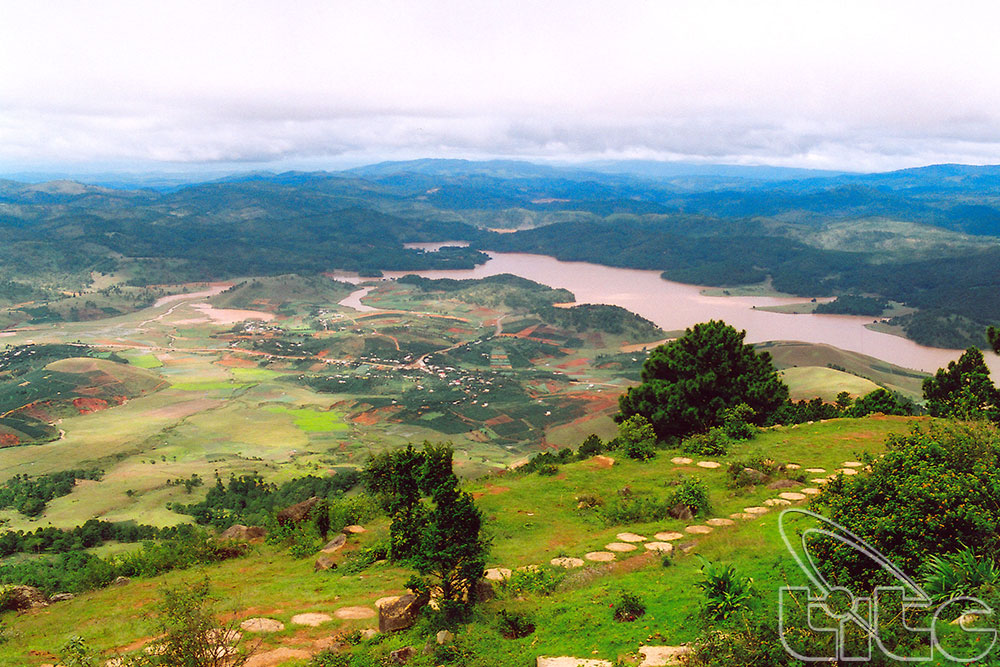Authorities of the Central Highlands province of Lam Dong are close to completing their report on the Lang Biang biosphere reserve to be submitted to UNESCO for recognition this September.

The Lang Biang biosphere reserve is expected to span 260,000ha, with its core area of 56,000ha covering Bidoup-Nui Ba National Park.
Surrounding the core area is an 86,000-hectare buffer zone filled with communes.
The remaining 118,000ha is a wide transitional area covering parts of Da Lat city and Lac Duong, Lam Ha, Duc Trong and Don Duong districts.
The Lang Biang biosphere reserve's core area, a national centre for biodiversity protection, is home to more than 2,000 plant species and nearly 400 animal species, of which 127 are rare species identified on Vietnam's red list.
The value of Lang Biang lies in its connection to the culture of the Central Highlands region, said Professor Nguyen Hoang Tri, General Secretary of the National Man and the Biosphere Programme, at a recent conference to discuss technical consulting for and the construction of the Lang Biang biosphere reserve.
Experts noted that additional surveys on the participation of the community and socio-political organisations in preserving and developing the reserve were essential, as were presenting images of the reserve's fauna and flora and environmental protection programmes as part of the mandatory documentation to be submitted to UNESCO.
It is expected that the English-language report will be completed and submitted to the UN scientific and cultural body in September.
Viet Nam currently has eight UNESCO-recognised biosphere reserves: Can Gio Mangrove, Cat Ba, Cat Tien, and Cu Lao Cham-Hoi An, as well as Kien Giang, Mui Ca Mau, Red River Delta, and Western Nghe An.